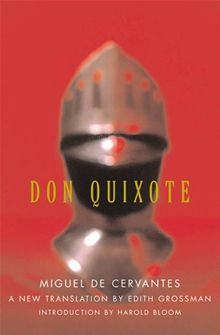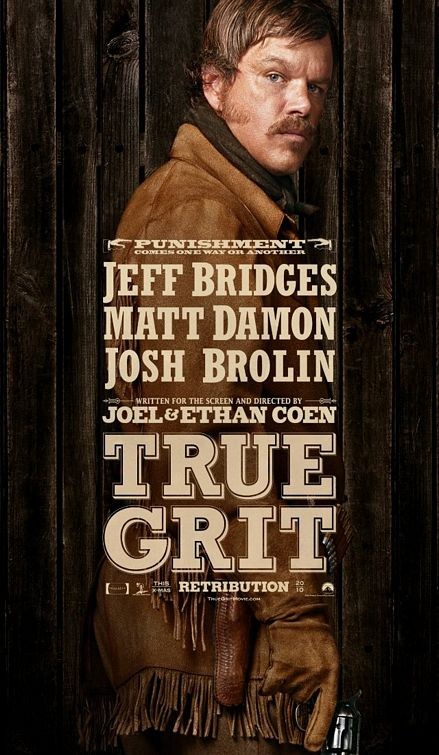Watching the news the other day, I got to thinking about what several sportscasters were calling the need for the NHL to protect its star players. The issue finds itself in the spotlight again after Sidney Crosby’s concussion, but it’s a recurring one. I reason: if the league is to protect certain star players, then, obviously, there need to be different rules for stars and non-stars, which itself demands rules for categorizing players, and a kind of two-tier system of “citizenship”.
It’s possible, of course, to protect star players by protecting all players (every star player being a player), but, in that case, it would make more sense to describe the situation as one requiring protection [full stop]. Anyway, my assumption is that to protect star players is to protect some players, not all.
How do we divide players into stars and non-stars?
1. We could let the teams themselves decide. Each team could get an equal number (one or two) of “star” labels that they could attach to any player. Selection would occur at the beginning of the year and would be set for that year. These could be fixed or possibly trade-able, kind of like in a cap-and-trade system for carbon emissions.
2. We could assign “star” status to players whose salaries are above a limit. Ostensibly, how much a player earns is a quantification of his worth to his team. This might mean one team has three stars, while another has one or none, but, from the league’s point of view, perhaps it isn’t important where the players play; what’s important is to protect the best ones.
3. We could let fans decide, like in All-Star voting!
How do we protect stars?
The most obvious method of protection is deterrence, which is what the NHL already does through penalties, fines and suspensions. Hit someone: pay the price. Because penalties and suspensions affect a team as well as an individual player, they have the added bonus of making sure that teams also stand to lose when players make dangerous plays.
If we want more protection for the stars, an obvious place to start would, therefore, be to hand out longer suspensions and bigger fines for transgressions against star players. For example, the same head shot delivered to the noggin’ of Sidney Crosby would be twice as costly as that delivered to the head of Dennis Wideman. Our sense of equality—the notion that one player’s health is more valuable than another’s—may bother us, but this type of inequality is hardly rare. A visiting head of state has more protection than his aide, for instance. That may still bother us, but we generally accept it as practical. If someone assassinates the prime minister, it’s more chaotic than if someone shoots his aide. Perhaps the same holds for hockey. An injured Sidney Crosby is worse for the league (and his team) than an injured Dennis Wideman.
The natural follow-up question is: how much more costly should a transgression against a star player be? For the sake of simplicity and some sense of equality (two tiers, not a thousand) let’s assume that we treat all star players equally. Sidney Crosby is no more important, and, thus, no better-protected than Alex Ovechkin; but how much better-protected should Alex Ovechkin be than Jay Beagle?
I don’t know. Keeping in mind that suspensions of 3 or 4 games are not uncommon, a multiplier of ten is too harsh. Five is strong, but seems on the border of reasonable if we stretch reasonability. Two through four is, in my opinion, the range we would be looking at.
One could argue that the players who are suspended most often are those fourth line guys who need to play hard in order to keep their spot on the team, and that they make the least amount of money, so increasing fines and suspensions would hit them too hard. On one hand, that’s no argument. If they can’t make the team without playing “on the edge”, then they shouldn’t be on the team. On the other, we can be sympathetic. We could suspend them with pay or limit “without pay” suspensions and fines to players making more than some set amount of money per year.
The bigger problem is that teams can replace these players without too much trouble. So the penalty is felt by the player more than by the team. This may be acceptable and may produce the results we want (less injuries to star players), but there’s no guarantee. However, we would certainly bolster our chances of success if we penalized the team, as well.
One idea is to make sure the team suffers off the ice. Fines? Perhaps. But what about some kind of penalty on the salary cap? What about adding an $x/year “ghost” to a team’s payroll for a set time in addition to any fines or suspensions handed down to the player? This would mean that a team that puts a star players at risk would feel the cost as an organization and for some time.
Another idea, this time one felt on the ice, would be to increase the length of powerplays for penalties taken against star players. The details aren’t important (maybe +2 minutes for any penalty taken against a star player, akin to the +2 plus minutes a players gets if a high stick draws blood; or some kind of increase to certain penalties that are most likely to injure), but the weakness is apparent: it might be a blow to the offending player’s team, but it’s a blow felt only in one game. If the team was already losing, who cares?
How would it affect the game?
I suppose it’s anyone’s guess, but if the league made it much more costly to deliver a dangerous hit to a star player than to a non-star, it would probably mean more room to play and greater freedom for star players in general. Considering that most players don’t intend to injure an opponent, we may conclude that players who might be tempted to deliver a questionable or risky hit to a star player would decide against it, either on their own or on instructions from their coach.
Note
I don’t think a change toward what I’ve proposed is good for hockey or the NHL, but if both brass and pundits keep talking about protecting stars, I don’t see how they can do that without segregating players into classes and imposing harsher penalties on transgressions against the more important class—the new “untouchables”, if you will.
My understanding is that “protecting star players”, which both the league and sportscasters talk about, contains within it two assumptions: (1) Star players are not being adequately protected and should have more protection; and (2) Star players are different from non-star players and to protect star players is, therefore, not the same as protecting all players.
My point is that if these assumptions are true and the league does act to protect star players, it will, by definition, create a two-tier NHL. I think this is bad. Of course, there are other ways of protecting stars (they could have safer equipment than non-stars, etc.) but each creates two tiers. What I’ve done is tried to take the way in which the NHL protects players now—increasingly so—and expand it to fit my assumptions.
I’m glad most people think that my conclusions are absurd. I hope that instinctual response points toward this conclusion: either the message that “star players need more protection” is misguided or the current way of protecting players is, in general, wrong.


